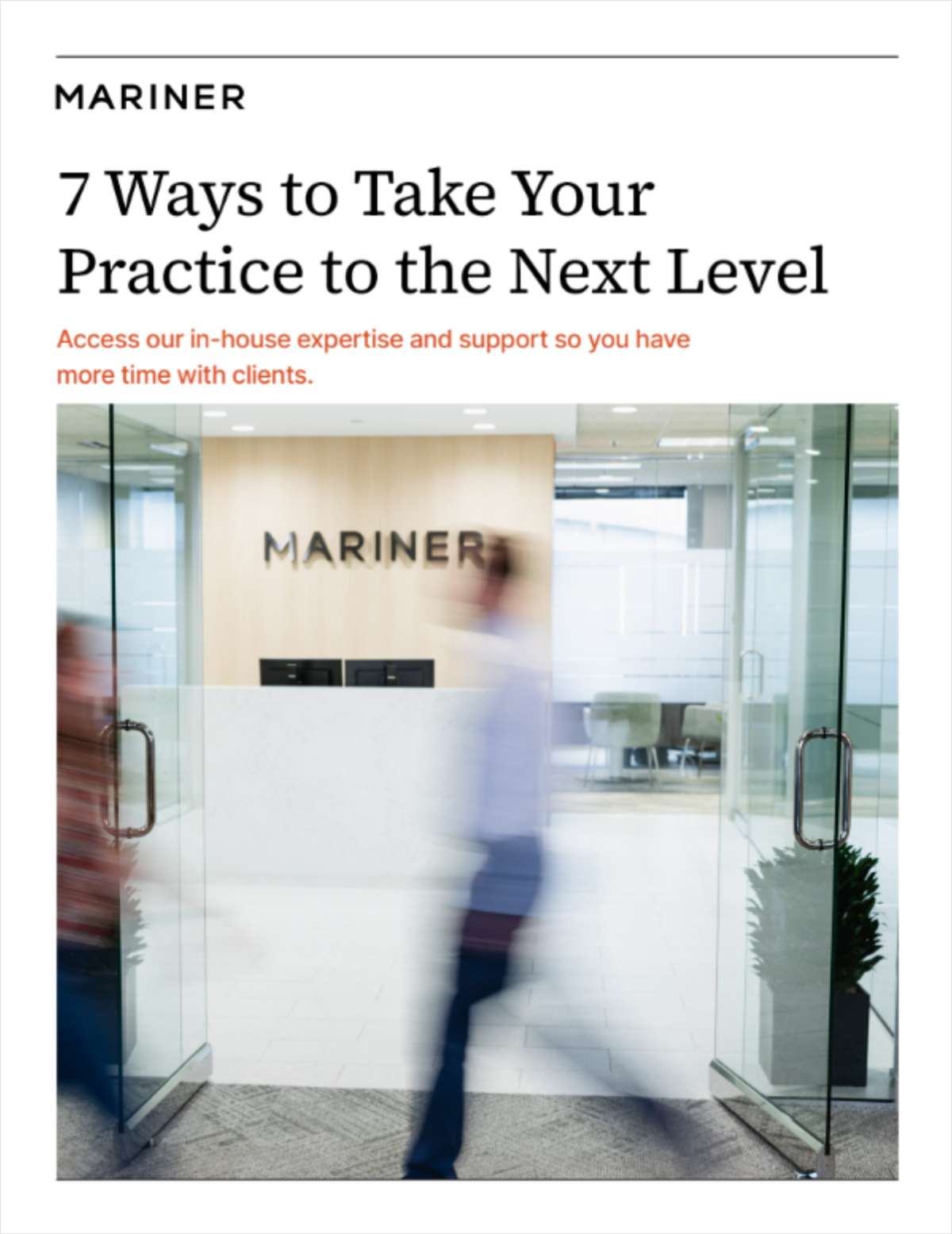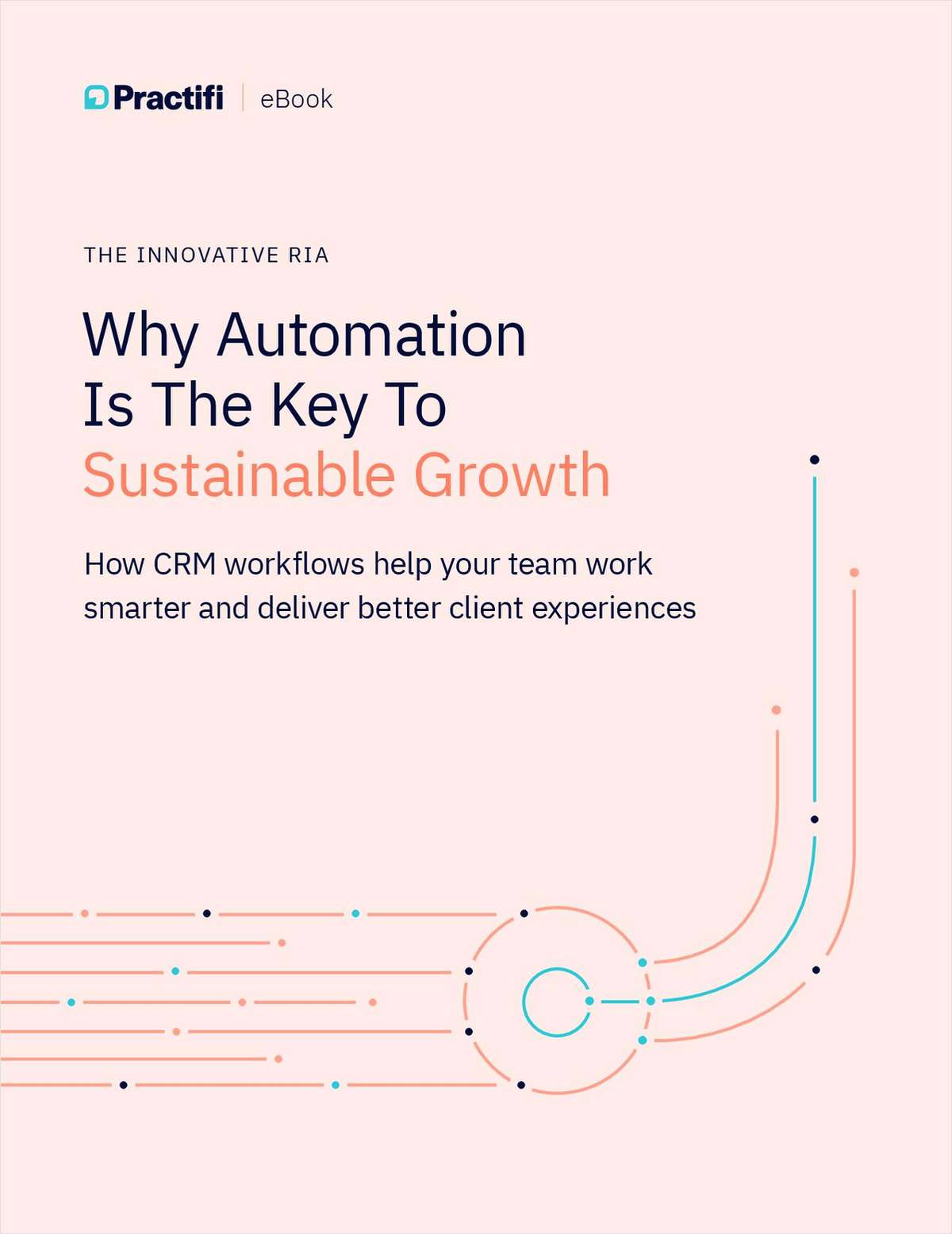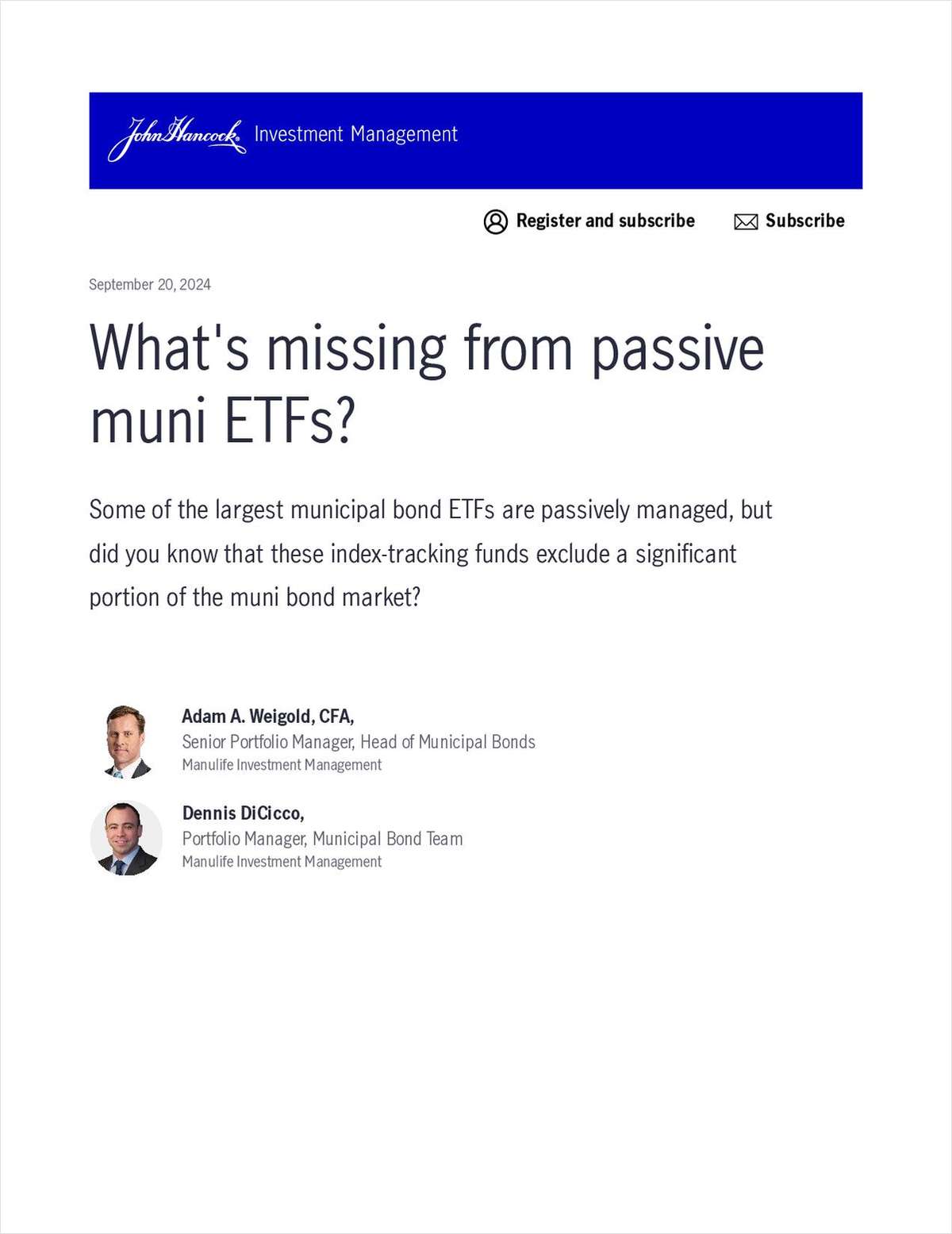Modern buyers are examining the following closely:
Revenue Quality
This requires proving sustainable revenue streams traceable to custodian reports. The era of informal financial reporting is ending. As Gladstone’s certified valuation analyst, Lucas Torpie, emphasizes, "Firms will soon no longer be able to just generate a spreadsheet from QuickBooks, add back unexplained expense adjustments, and expect the buyer to accept it at face value." Revenue must be traceable to its source, and expense adjustments require clear documentation and justification.
Client Relationships
A detailed and comprehensive description of your service model must be shown to your suitors. Additionally, be prepared to discuss your retention rates over the past several years as well as projected future status of clients.
There will also be a discussion about which clients are loyal to certain advisors and if those advisors were no longer with the firm, how likely clients will be to follow them.
Client Demographics
This metric will be used to assess the accumulation runway. A painstakingly detailed list of household data will be required. RIA principals will be expected to share which clients are in their decumulation phase, which are heading toward retirement and which are accumulators.
Growth Trajectory
As mentioned above, growth trajectory will be the biggest premium driver in the valuation process. Verification of net new assets independent of market performance will be evaluated and forward-looking growth projections will be carefully examined.
Operational Excellence
It will also be vital to demonstrate the team’s client service model and client engagement; a thorough review of your firm’s processes will be conducted. While most buyers are confident that they will drive operational alpha post-sale, highlighting your tech stack and your firm’s compliance protocols and history will be a factor in your firm’s valuation.
Team Stability
How much millennial talent does your firm have? And what efforts are you taking to attract next-gen employees? It’s perfectly fine to not have a papered-up succession plan in place; selling to either fund or create succession is commonplace, but having next-gen advisors in your shop drives greater value from many buyers.
The State of Value Creation
We share this not to alarm but to inform. As private equity firms continue to dominate as acquirers in our industry, with more “permanent capital” players and do-it-yourselfers coming to the table, RIA owners are putting their arms around their ultimate keep/sell decision. The opportunity for substantial value creation remains strong — but only for those RIA principals who choose experienced partners to guide them through the valuation (and transaction) process with the sophistication, nuance, and “inside baseball” knowledge that it demands.




